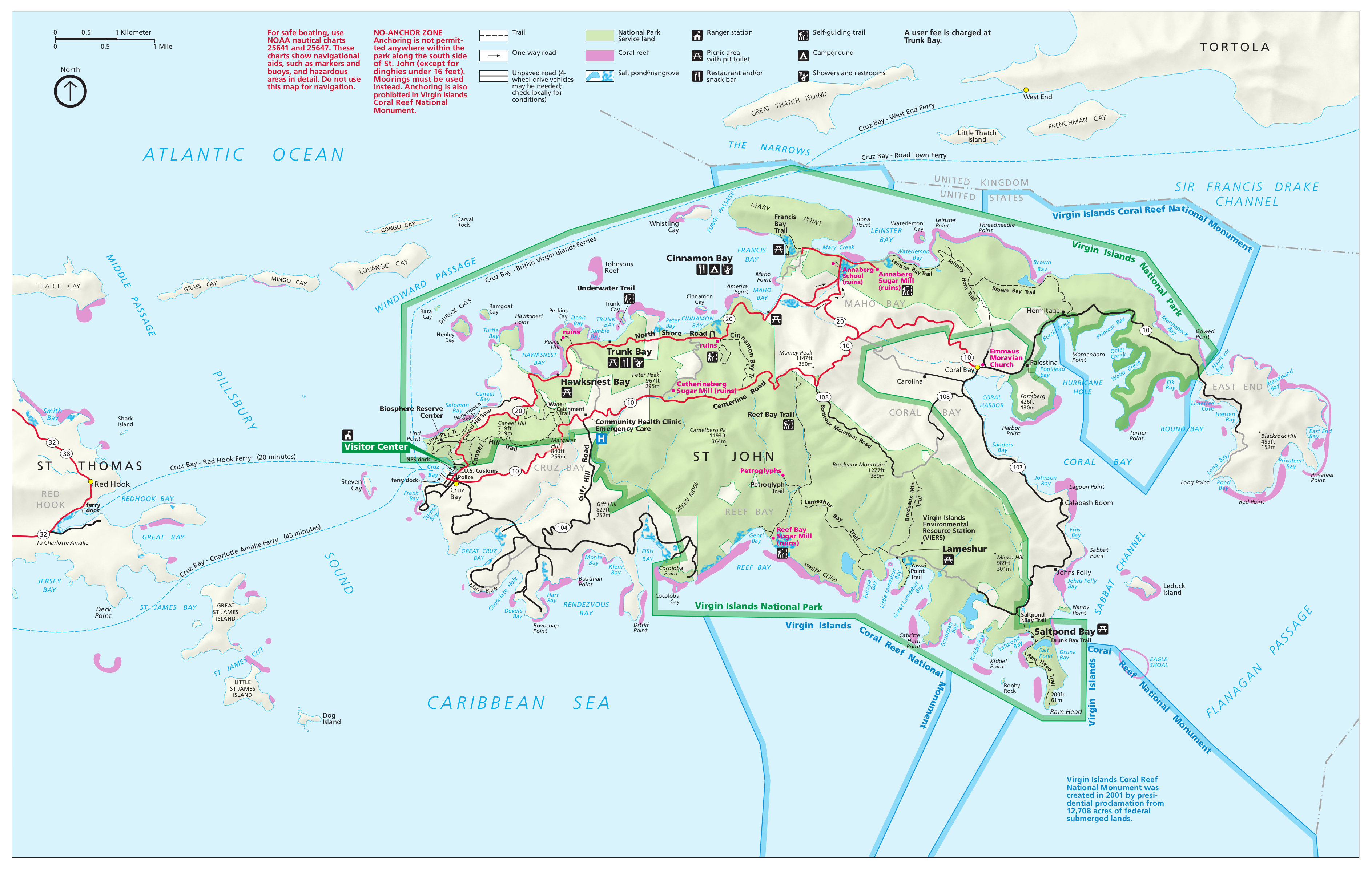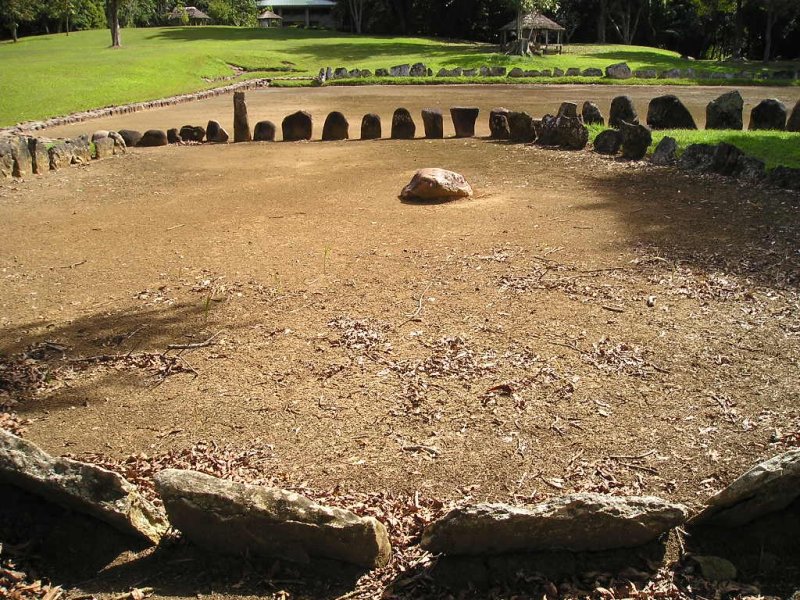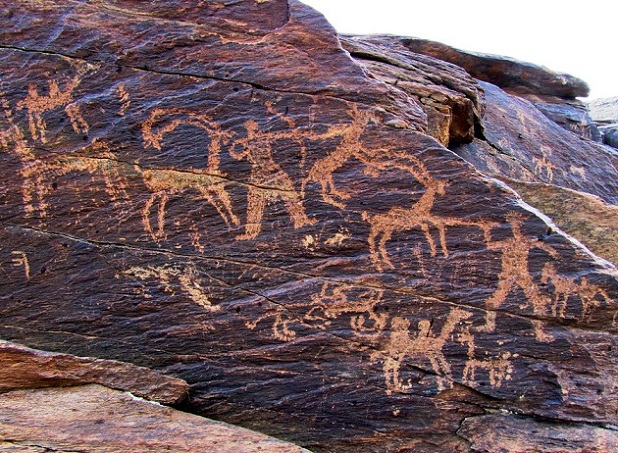|
Saint John, U.S. Virgin Islands
Saint John (; ) is one of the Virgin Islands in the Caribbean Sea and a constituent Districts and sub-districts of the United States Virgin Islands, district of the United States Virgin Islands (USVI), an unincorporated territory of the United States. Saint John () is the smallest of the three main US Virgin Islands. It is located about four miles east of Saint Thomas, U.S. Virgin Islands, Saint Thomas, the location of the territory's capital, Charlotte Amalie, U.S. Virgin Islands, Charlotte Amalie. It is also four miles southwest of Tortola, part of the British Virgin Islands. Its largest settlement is Cruz Bay with a population of 2,652. Saint John's nickname is Love City. Since 1956, approximately 60% of the island is protected as Virgin Islands National Park, administered by the United States National Park Service. The economy is based predominantly on tourism and related trade. Saint John is in area with a population of 3,881 (2020 census). As of the 2020 Unit ... [...More Info...] [...Related Items...] OR: [Wikipedia] [Google] [Baidu] |
Caribbean Sea
The Caribbean Sea is a sea of the Atlantic Ocean, North Atlantic Ocean in the tropics of the Western Hemisphere, located south of the Gulf of Mexico and southwest of the Sargasso Sea. It is bounded by the Greater Antilles to the north from Cuba to Puerto Rico, the Lesser Antilles to the east from the Virgin Islands to Trinidad and Tobago, South America to the south from the Venezuela, Venezuelan coastline to the Colombia, Colombian coastline, and Central America and the Yucatán Peninsula to the west from Panama to Mexico. The Geopolitics, geopolitical region around the Caribbean Sea, including the numerous islands of the West Indies and adjacent coastal areas in the mainland of the Americas, is known as the Caribbean. The Caribbean Sea is one of the largest seas on Earth and has an area of about . The sea's deepest point is the Cayman Trough, between the Cayman Islands and Jamaica, at below sea level. The Caribbean coastline has many gulfs and bays: the Gulf of Gonâve, the Gul ... [...More Info...] [...Related Items...] OR: [Wikipedia] [Google] [Baidu] |
Virgin Islands National Park
The Virgin Islands National Park is a national park of the United States preserving about 60% of the land area of Saint John, U.S. Virgin Islands, as well as more than of adjacent ocean, and nearly all of Hassel Island, just off the Charlotte Amalie, Saint Thomas harbor. The park is well known for scuba diving and snorkeling, and has miles of hiking trails through the tropical rainforest. Cruz Bay is the gateway port to the park, as well as the visitor center location. Ferries operate hourly from Red Hook, St. Thomas, thrice daily from Charlotte Amalie, St. Thomas and West End, Tortola, twice daily from Jost Van Dyke, and twice weekly from Virgin Gorda. Two category 5 hurricanes impacted the Virgin Islands in September 2017, Irma and Maria."Hurricane Recovery Journal" ''nps.gov''. National Park Se ... [...More Info...] [...Related Items...] OR: [Wikipedia] [Google] [Baidu] |
Encyclopædia Britannica
The is a general knowledge, general-knowledge English-language encyclopaedia. It has been published by Encyclopædia Britannica, Inc. since 1768, although the company has changed ownership seven times. The 2010 version of the 15th edition, which spans 32 volumes and 32,640 pages, was the last printed edition. Since 2016, it has been published exclusively as an online encyclopedia, online encyclopaedia. Printed for 244 years, the ''Britannica'' was the longest-running in-print encyclopaedia in the English language. It was first published between 1768 and 1771 in Edinburgh, Scotland, in three volumes. The encyclopaedia grew in size; the second edition was 10 volumes, and by its fourth edition (1801–1810), it had expanded to 20 volumes. Its rising stature as a scholarly work helped recruit eminent contributors, and the 9th (1875–1889) and Encyclopædia Britannica Eleventh Edition, 11th editions (1911) are landmark encyclopaedias for scholarship and literary ... [...More Info...] [...Related Items...] OR: [Wikipedia] [Google] [Baidu] |
Danish West India Company
The Danish West India Company () or Danish West IndiaGuinea Company (') was a Dano-Norwegian chartered company that operated out of the colonies in the Danish West Indies. It is estimated that 120,000 enslaved Africans were transported on the company's ships. Founded as the Danish Africa Company () in 1659, it was incorporated into the Danish West India Company in 1671. History In March 1659, the Danish Africa Company was started in Glückstadt by the originally Finnish Hendrik Carloff; two Dutchmen, Isaac Coymans and Nicolaes Pancras; and two German merchants, Vincent Klingenberg and Jacob del Boe. Their mandate included trade with the Danish Gold Coast in present-day Ghana. In 1671 the Africa Company was incorporated in the Danish West India Company. The West India Company was organized on November 20, 1670, and formally chartered by King Christian V on March 11, 1671.Westergaard, Waldemar. The Danish West Indies under Company Rule'. The Danes settled in St. Thoma ... [...More Info...] [...Related Items...] OR: [Wikipedia] [Google] [Baidu] |
Saint Ursula
Ursula (Latin for 'little she-bear') was a Romano-British virgin and martyr possibly of royal origin. She is venerated as a saint in the Roman Catholic Church, Eastern Orthodox Church and the Anglican Communion. Her feast day in the pre-1970 General Roman Calendar and in some regional calendars of the ordinary form of the Roman Rite is 21 October. History There is little information about Ursula or the anonymous group of holy virgins who accompanied her and, on an uncertain date, were killed along with her at Colonia Agrippina. They remain in the Roman Martyrology, although their commemoration does not appear in the simplified General Roman Calendar of the 1970 Missale Romanum. The earliest evidence of a cult of martyred virgins at Cologne is an inscription from in the Church of St. Ursula, located on Ursulaplatz in Cologne. This inscription commonly referred to as the Clematius Inscription states that the ancient basilica had been restored by senator Clemantius on the s ... [...More Info...] [...Related Items...] OR: [Wikipedia] [Google] [Baidu] |
Voyages Of Christopher Columbus
Between 1492 and 1504, the Italian explorer and navigator Christopher Columbus led four transatlantic maritime expeditions in the name of the Catholic Monarchs of Spain to the Caribbean and to Central and South America. These voyages led to the widespread knowledge of the New World. This breakthrough inaugurated the period known as the Age of Exploration, which saw the colonization of the Americas, a related biological exchange, and trans-Atlantic trade. These events, the effects and consequences of which persist to the present, are often cited as the beginning of the modern era. Born in the Republic of Genoa, Columbus was a navigator who sailed in search of a westward route to India, China, Japan and the Spice Islands thought to be the East Asian source of spices and other precious oriental goods obtainable only through arduous overland routes. Columbus was partly inspired by 13th-century Italian explorer Marco Polo in his ambition to explore Asia. His initial belief ... [...More Info...] [...Related Items...] OR: [Wikipedia] [Google] [Baidu] |
Christopher Columbus
Christopher Columbus (; between 25 August and 31 October 1451 – 20 May 1506) was an Italians, Italian explorer and navigator from the Republic of Genoa who completed Voyages of Christopher Columbus, four Spanish-based voyages across the Atlantic Ocean sponsored by the Catholic Monarchs, opening the way for the widespread European Age of Discovery, exploration and colonization of the Americas. His expeditions were the first known European contact with the Caribbean and Central and South America. The name ''Christopher Columbus'' is the Anglicisation (linguistics), anglicization of the Latin . Growing up on the coast of Liguria, he went to sea at a young age and traveled widely, as far north as the British Isles and as far south as what is now Ghana. He married Portuguese noblewoman Filipa Moniz Perestrelo, who bore a son, Diego Columbus, Diego, and was based in Lisbon for several years. He later took a Castilian mistress, Beatriz Enríquez de Arana, who bore a son, Ferdinand ... [...More Info...] [...Related Items...] OR: [Wikipedia] [Google] [Baidu] |
Taíno
The Taíno are the Indigenous peoples of the Caribbean, Indigenous peoples of the Greater Antilles and surrounding islands. At the time of European contact in the late 15th century, they were the principal inhabitants of most of what is now The Bahamas, Cuba, the Dominican Republic, Haiti, Jamaica, Puerto Rico, and the northern Lesser Antilles. The Lucayan people, Lucayan branch of the Taíno were the first New World peoples encountered by Christopher Columbus, in the Lucayan Archipelago, Bahama Archipelago on October 12, 1492. The Taíno historically spoke an Arawakan languages, Arawakan language. Granberry and Vescelius (2004) recognized two varieties of the Taino language: "Classical Taino", spoken in Puerto Rico and most of Hispaniola, and "Ciboney Taino", spoken in the Bahamas, most of Cuba, western Hispaniola, and Jamaica. They lived in agricultural societies ruled by caciques with fixed settlements and a Matrilineality, matrilineal system of kinship and inheritance. Taíno ... [...More Info...] [...Related Items...] OR: [Wikipedia] [Google] [Baidu] |
Cinnamon Bay
Cinnamon Bay is a body of water and a beach on St. John island, within Virgin Islands National Park, in the United States Virgin Islands. Geography The bay is just east of Trunk Bay, and is about a mile west of Maho Bay beach. The shallow, clear water and the short distance to Cinnamon Cay (a small, low-elevation, sandy island) make Cinnamon Bay excellent for snorkeling. It is adjacent to the historic colonial Danish Cinnamon Bay Plantation, an open-air museum of the sugar production in the Danish West Indies. Recreation Camping in Virgin Islands National Park is permitted only aCinnamon Bay Resort and Campground — no back-country or beach camping is allowed by the National Park Service.National Park Service, Virgin Islands, Camping Cinnamon Bay Res ... [...More Info...] [...Related Items...] OR: [Wikipedia] [Google] [Baidu] |
Artifact (archaeology)
An artifact or artefact (British English) is a general term for an item made or given shape by humans, such as a tool or a work of art, especially an object of archaeological interest. In archaeology, the word has become a term of particular nuance; it is defined as an object recovered by archaeological endeavor, including cultural artifacts (of archaeological culture, cultural interest). "Artifact" is the general term used in archaeology, while in museums the equivalent general term is normally "object", and in art history perhaps artwork or a more specific term such as "carving". The same item may be called all or any of these in different contexts, and more specific terms will be used when talking about individual objects, or groups of similar ones. Artifacts exist in many different forms and can sometimes be confused with Biofact (archaeology), ecofacts and Feature (archaeology), features; all three of these can sometimes be found together at archaeological sites. They can a ... [...More Info...] [...Related Items...] OR: [Wikipedia] [Google] [Baidu] |
Petroglyph
A petroglyph is an image created by removing part of a rock surface by incising, picking, carving, or abrading, as a form of rock art. Outside North America, scholars often use terms such as "carving", "engraving", or other descriptions of the technique to refer to such images. Petroglyphs, estimated to be 20,000 years old are classified as protected monuments and have been added to the tentative list of UNESCO's World Heritage Sites. Petroglyphs are found worldwide, and are often associated with prehistoric peoples. The word comes from the Greek prefix , from meaning " stone", and meaning "carve", and was originally coined in French as . In scholarly texts, a ''petroglyph'' is a rock engraving, whereas a '' petrograph'' (or ''pictograph'') is a rock painting. In common usage, the words are sometimes used interchangeably. Both types of image belong to the wider and more general category of rock art or parietal art. Petroforms, or patterns and shapes made by man ... [...More Info...] [...Related Items...] OR: [Wikipedia] [Google] [Baidu] |








